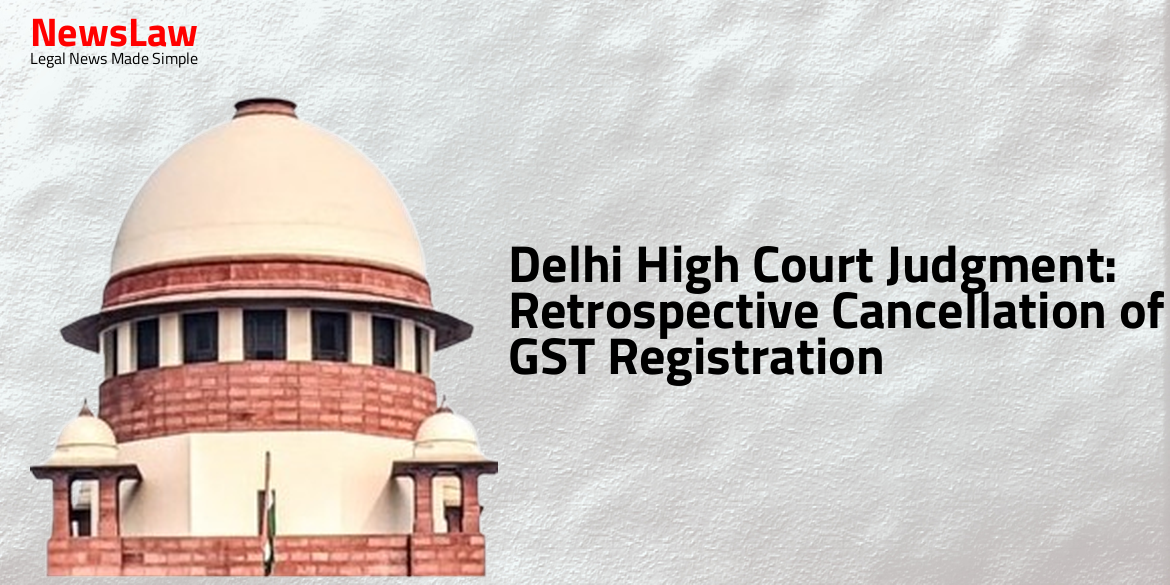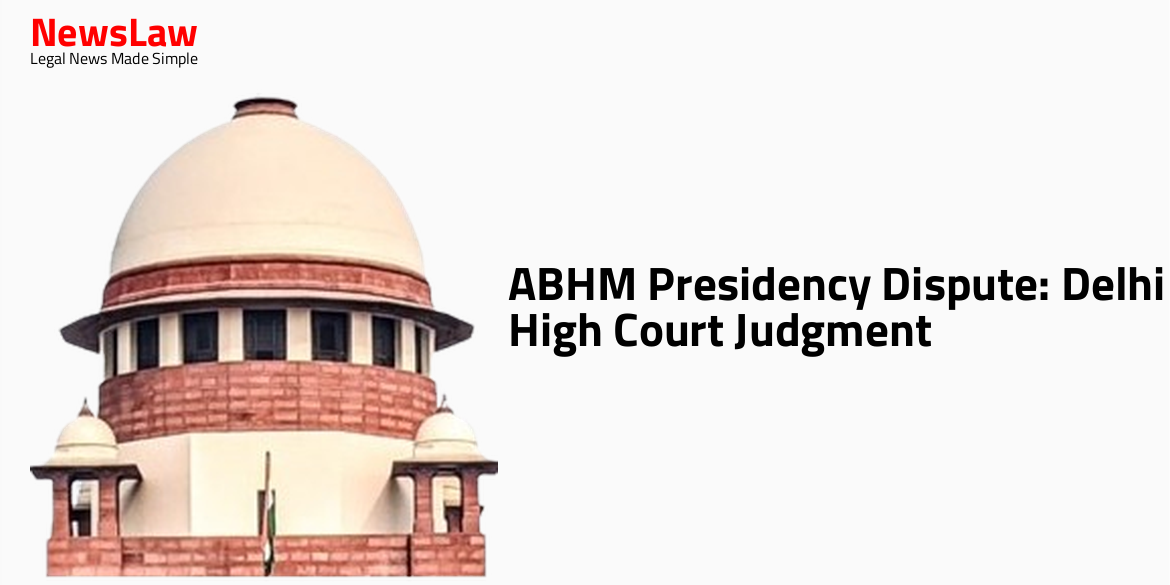In a significant ruling, the Supreme Court of India has reaffirmed the methodology for ascertaining Foreign Exchange Rate Variation in the electricity sector. The case, which pertained to the apportionment of FERV between debt and equity, saw the Court dismissing the appeal to ensure fairness to consumers. This decision builds on previous legal precedents like U.P. Power Corpn. Ltd. v. NTPC Ltd. Stay tuned to learn more about the implications of this judgment on the power conveyance beneficiaries and the sector as a whole.
Facts
- The issue regarding the capitalization of Foreign Exchange Rate Variation was determined by the Central Electricity Regulatory Commission (CERC).
- CERC’s decision was affirmed in a review petition.
- The Appellate Tribunal for Electricity approved the methodology for ascertaining the FERV.
- However, the apportionment of the FERV was modified, with direction to apportion it only in respect of debt liability.
Also Read: Anticipatory Bail Application in Different Cases: Landmark Judgment by the Supreme Court of India
Arguments
- Foreign exchange added to capital cost, not individually to debt or equity.
- Capital cost divided into debt and equity based on normative debt-equity ratio.
- FERV apportioned as a matter of practice.
- Appellate Tribunal for Electricity’s judgment being challenged.
- FERV also needs to be apportioned towards debt and equity.
- Appellants argue that liability from FERV can be recovered directly from Original Name.
- They cite Regulations 1.3 and 1.7 of Tariff Regulations, 2001 to support their argument.
- They claim that the issue of capitalization of FERV does not arise.
- They point out that the Electricity Regulatory Commissions Act, 1998 aimed to eliminate such practices.
Also Read: Supreme Court of India Dismisses Writ Petition on Arms Export to Israel
Analysis
- The appeal was dismissed based on the unfairness it would cause to consumers who were not involved in the transactions from 15-18 years ago.
- The Court referred to a previous case, U.P. Power Corpn. Ltd. v. NTPC Ltd., to support the decision to dismiss the appeal.
- No costs were awarded in this matter.
- The appeal was filed against a judgment by the Appellate Tribunal for Electricity from 18.08.2015, where the appellant’s appeal was dismissed.
- The CERC’s decision was upheld, stating that the FERV should only be apportioned in respect of debt liability.
- The appellant is a transmission company governed by CERC tariffs, and FERV is used to manage foreign exchange rate fluctuations for the benefit of the power conveyance beneficiaries.
- The methodology of FERV calculation has been affirmed by CERC and Appellate Tribunal for Electricity.
- No substantial question of law regarding the apportionment of FERV between debt and equity exists in this case.
- Regulation 1.13(a) of Tariff Regulations, 2001 does not provide for apportionment of FERV; it only outlines the methodology of calculation.
- The Act aimed at improving the financial health of State Electricity Boards and the Tariff Regulations do not specify a debt-equity ratio for FERV apportionment.
- The dispute pertains to tariffs charged between 01.04.2001 and 31.03.2004 due to FERV calculation and apportionment.
- Appellant seeks to capitalize FERV in a 50:50 debt-equity ratio as a practice but without legal backing.
- The Act was introduced to reform power sector issues pre-1998 including rationalizing tariffs, poor planning, neglect of consumers, and lack of independent regulatory authority.
- Once FERV is calculated, recovery can be done by appellants from beneficiaries without filing a petition before CERC, as per Regulations 1.3 and 1.7 of Tariff Regulations, 2001.
Also Read: National Task Force for Healthcare Safety: Ensuring Dignity and Protection for Medical Professionals
Decision
- No order as to costs.
- The issue being the same, this appeal is dismissed.
- Any variation in the apportionment of FERV now for the mentioned period will be passed on to the consumers.
Case Title: POWER GRID CORPORATION OF INDIA Vs. TAMIL NADU GENERATION AND DISTRIBUTION CO. LTD. AND ORS. ETC.
Case Number: C.A. No.-000684-000684 / 2007



